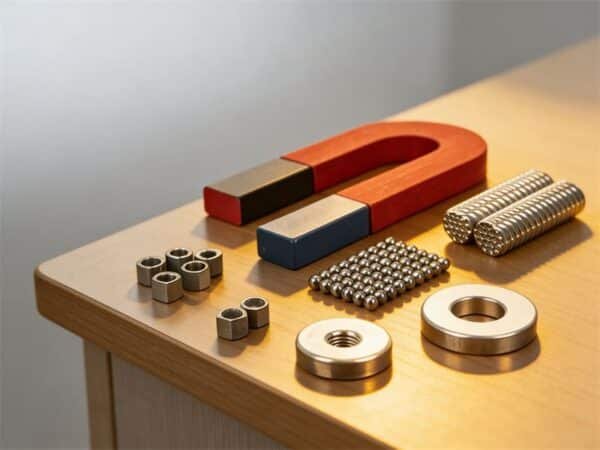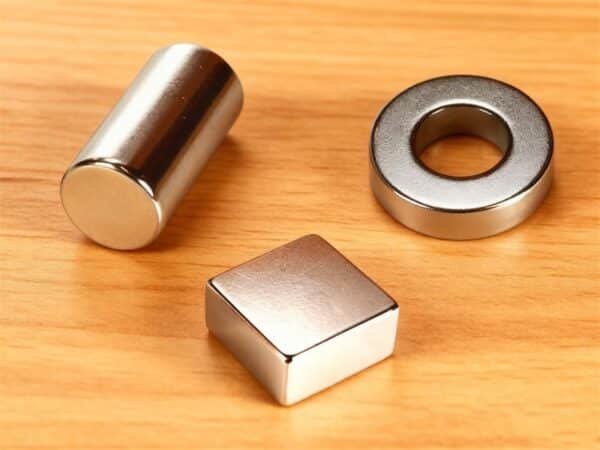With accurate insights and useful tips supported by science, we can consider everything in a comprehensive guide, such as maintaining strength, longevity, and destruction factors, as ways to prolong a magnet’s life.
A neodymium magnet can be tolerated without seeing a significant reduction in power for more than a century. When everything is normal (room temperature, no physical loss, and low humidity), you lose only one percent of your magnetic memory every ten years.
Their strong atomic structure, which resists natural demagnetization, causes their tolerance. However, displaying heat, corrosion, or external magnetic fields can limit their age.
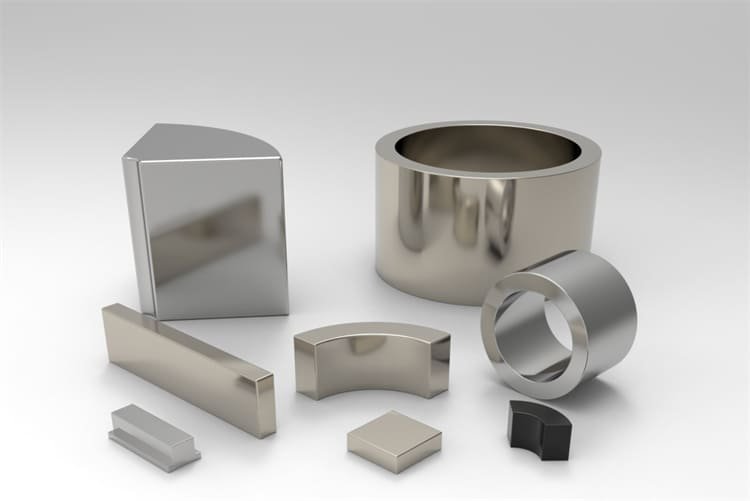
Which Factors Affect the Performance of Neo Magnet?
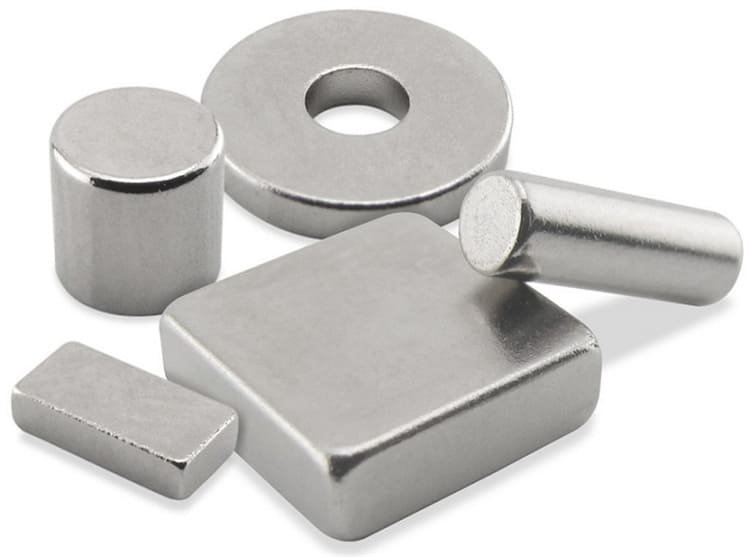
Physical damage and mechanical pressure
Magnets made from neodymium are fragile. Their magnetic performance can be weakened by dropping or knocking, which can result in chips or breaks.
Exhibition of chemicals and corrosion
If the surface of the magnet comes in contact with moisture, acid, or salt, it can be damaged. After the weakening of the coating, the iron component becomes accelerated, causing irreversible damage.
The effects of time and aging
Despite being sustainable, neodymium may lose its powerful strength over decades. especially in severe conditions.
External Demagnetizing Fields
When a magnet (AC) is placed in a magnetic environment or any other powerful magnetic field, demagnetizing fields are created.
How do they affect the strength of the magnets?
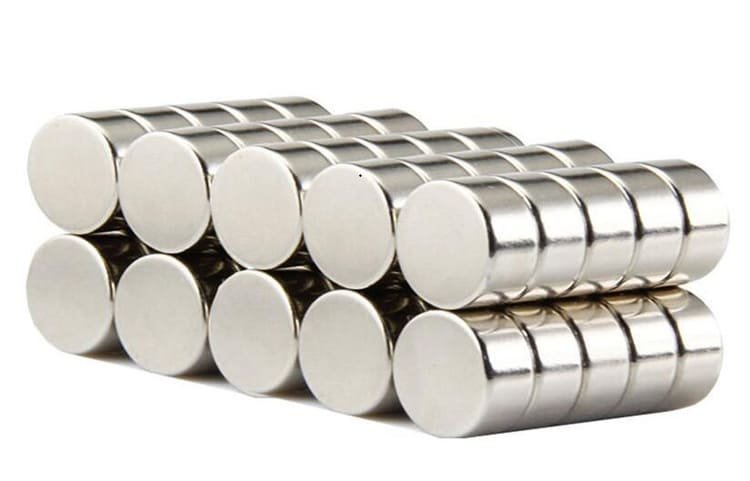
By resetting magnetic domains, such an exposure reduces the magnetic field. If it is strong enough, it can completely or partially demagnetize the neodymium magnet.
Heat and Neodymium Magnets
One of the biggest risks of neodymium magnets is the heat. Temperatures higher than 80°C (176°F) can cause their magnetic properties to be lost.
Different levels of magnets can withstand different temperatures:
- N52/N35 grade: 80°C and above
- For grades UH, SH, H, and EH, up to 200°C
When the magnet reaches the temperature, which occurs between 310°C and 400°C, it loses all its magnetic properties.
Do Neodymium Magnets Lose Strength Over Time?
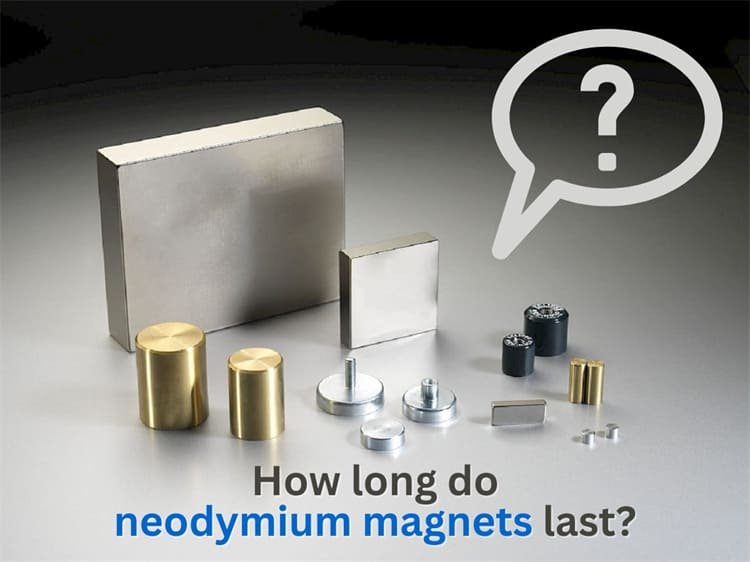
Yes, but very slowly. They can occupy about 99% of their magnetism for decades in ordinary internal conditions. However, long-term exposure to heat or external magnetic fields can accelerate the reduction.
You may not experience a change in strength during your life if it is properly stored.
How Are Neodymium Magnets Made?
Powder metallurgy is used to make neodymium magnets:
- 1. Raw material, which includes boron, iron, and neodymium, is melted.
- 2. Mixtures are ground into fine powder.
- 3. Domains align; powder is compressed under the magnetic field.
- 4. Then it is coated for protection and is sintered at high temperatures.
- 5. The substance produced from this technique is dense and extremely magnetic.
Why Are Neodymium Magnets So Strong?
At this time the strongest permanent magnet is the neodymium magnet.
- Strong magnetic anisotropy of the neodymium atoms is the source of their strength.
- Dense nuclear structure that allows strong magnetic fields.
- Nd₂Fe₁₄B crystalline alignment.
With its small size and much strength, it is about 10 times more powerful than the ceramic magnet.
Do Neodymium Magnets Rust?
Sadly, the answer is in front of the moisture. On the front of the moisture, the iron in the nude is at risk of rusting the iron in the magnet.
so they are usually covered in:
- Epoxy
- Zinc
- Nickel Copper, Nickel (Ni, Cu, Ni)
- Gold or parylene.
These coatings increase the age of the magnet by acting as a barrier against corrosion.
What Makes Neodymium Magnets So Special?
They combine remarkable strength, portability, and small size. Neodymium magnets are mild, and their powers are high, contrary to the previous magnetic varieties, such as ferrite or alnico.
So they are important in this:
- Generators and electric motors
- hard drives
- Headphones and speakers
- Tools for magnetic treatment
Do High Temperatures Affect Magnet Strength?
In fact, the wrong setting of a high-temperature magnetic domain can lead to short-term or long-term deficiency in magnetic strength.
Most of the magnet’s power is restored. Suppose he cools down before he reaches his Curie temperature. However, regular exposure over time reduces it.
How should I store neodymium magnets?
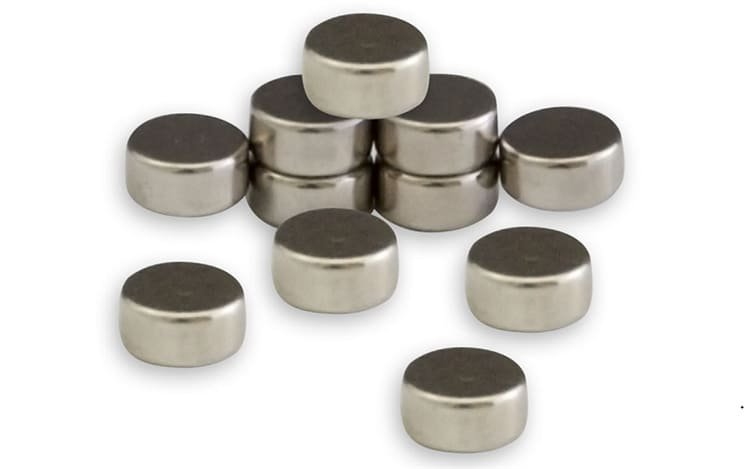
To increase their longevity:
- Keep them at room temperature and dry.
- Keep children away from electronics and heat.
- To prevent them from bursting together, separate them from the foam or spacers.
- Since large magnets can be very badly pinched, wear gloves when working with them!
Can Coating Help Prevent Demagnetization?
Although coatings are mostly used to prevent corrosion, they also reduce magnetic weakness by protecting the surface from physical clothing and moisture. Epoxy and nickel coatings work well in especially abrasive conditions.
Coating using your multi-course experience,
- Application helps to understand the environment.
- Regulates the best option to meet your performance and financial needs
Can Old Neodymium Magnets Be Remagnetized or Recycled?
Re-magnetization
Sometimes a strong outer magnetic field is used to partially make the weak magnet. The neodymium magnets can be remagnetized again by rubbing by the pole. for example, against the old magnet poles, thus repeating from the other side and having the desired effect.
Recycled
The Neodymium Magnets recycling is increasing. As a result of extracting, improving, and reusing the material, less fresh rare earth mining is needed.
Final thoughts:
Neodymium magnet age is longer. They are one of the strongest and most effective magnetic materials made so far, which have not been harmed for more than a century. To maintain your strength, avoid intense heat, stop rusting, and take care when storing. These small powerhouses can walk up to generations with a little care. You can ensure that the magnets in your neodymium have been strong and will be strong for many years, according to the proposed procedure for the variables affecting the loneliness and the procedure of maintenance.
FAQs
1. How long does the magnetic strength of the magnet in neodymium last?
In perfect conditions for a hundred years without loss of power.
2. Do the neodymium magnets naturally deteriorate over time?
A little, if properly stored, perhaps 1% every ten years.
3. Can the old neodymium magnet be recycled?
Indeed! Neodymium and other rare earth elements are currently recovered from the magnets wasted by the recycling plants.
4. How can neodymium magnets be effectively avoided?
Apply a coating or epoxy coating and keep them in a dry place.
5. Can a neodymium magnet be permanently damaged from heat?
Yes, if the temperature of its maximum operating range increases, the temperature varies by 80°C and 200°C.

I’m Ben, with over 10 years in the permanent magnet industry. Since 2019, I’ve been with Osenc, specializing in custom NdFeB magnet shapes, magnetic accessories, and assemblies. Leveraging deep magnetic expertise and trusted factory resources, we offer one-stop solutions—from material selection and design to testing and production—streamlining communication, accelerating development, and ensuring quality while reducing costs through flexible resource integration.
